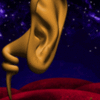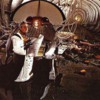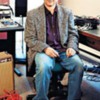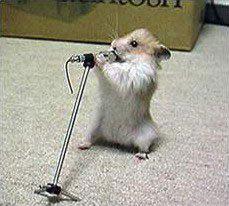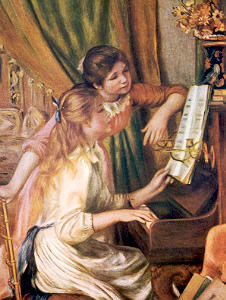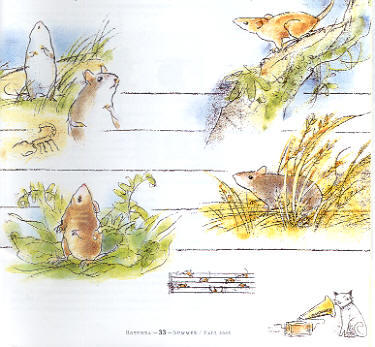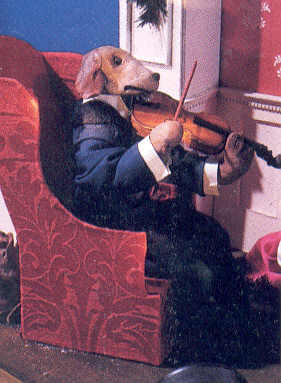Listening to music starts with subcortical (below-the-cortex) structures--the cochlear nuclei, the brain stem, the cerebellum--and then moves up to auditory cortices on both sides of the brain. Trying to follow along with music that you know--or at least music in a style you're familiar with, such as baroque or blues--recruits additional regions of the brain, including the hippocampus--our memory center--and subsections of the frontal lobe, particularly a region called inferior frontal cortex, which is in the lowest parts of the frontal lobe. Tapping along with music, either actually or just in your mind, involves the cerebellum's timing cirtuits. Performing music--regardless of what instrument you play, or whether you sing, or conduct--involves the frontal lobes again for the planning of your behavior, as well as the motor cortex in the posterior part of the frontal lobe just underneith the top of your head, and the sensory cortex, which provides the tactile feedback that you have pressed the right key on your instrument, or moved the baton where you thought you did. Reading music involves the visual cortex, in the back of your head in the occipital lobe. Listening to or recalling lyrics invokes language centers, including Broca's and Wernicke's area, as well as other language centers in the temporal and frontal lobes.
At a deeper level, the emotions we experience in response to music involve structures deep in the primitive, reptilian regions of the cerebellar vermis, and the amygdala--the heart of emotional processing in the cortex....
-This is Your Brain on Music, Daniel J. Levitin, page 86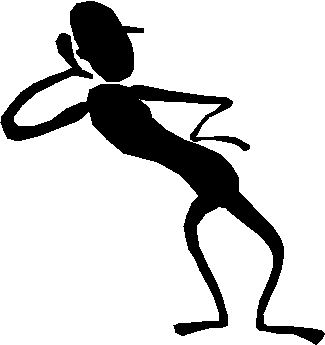
And I thought it was heard by my ears! he he..
Love and light being, Teo Do (Re, Mi, Far....)








